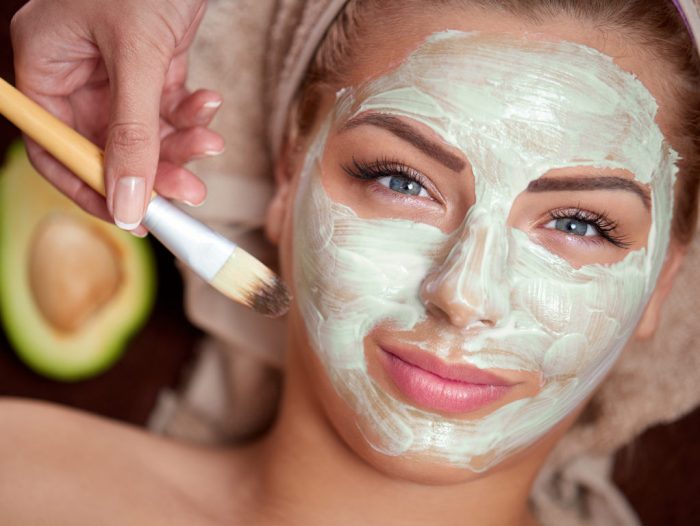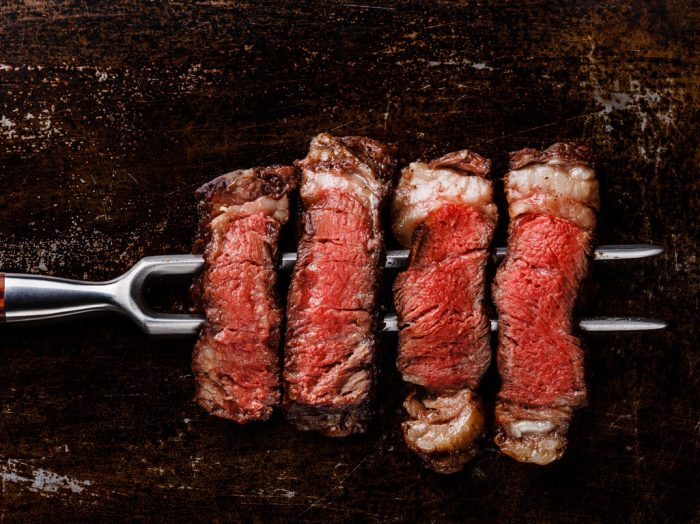A few years ago nobody was that concerned about sunlight exposure. But lately, people tend to be more aware of the sunburn risks. The most prominent being skin cancer. But is the sun that bad? What is the danger and how can you avoid it?
I remember my childhood when I went to the beach with my family. We stayed on the hot sand, building castles and swimming all day long. We weren’t afraid of the sun, even if we didn’t use a lot of sunscreens. We were just happy, I guess. At that time, my parents hadn’t read that time much about sunburn risks. But time passed by, I grew up, and I started to catch up with the research on sun exposure.
I found out that in the last 40 years, dermatologists claimed that you should never be exposed to direct sunlight because it might damage your skin and cause skin cancer. Ok, that sounds legitimate. But what about vitamin D, which is good for your bone health, reduces inflammation, and boosts the immune system?
Even though you can a vitamin D supplement, moderate exposure to the sun is a healthier and more natural choice! But, pay attention, I said moderate exposure!
How the sun affects your skin
The sun is the primary cause of aging skin. Even if your extreme sun exposure days are long over, you may notice that the older you get, the more brown marks and darker patches you get on your skin. This is the effect of your prior sun exposure.
Since your face is the most exposed to the sun, the risks are greater. UV rays accounted for 80% of skin aging, including wrinkles, according to a study conducted on almost 300 women – half sun-worshippers and half-shy of the sun.
Except for wrinkles, sun exposure can also cause brown spots. To protect itself from the damaging effects of the sun, the skin produces melanin, a dark brown pigment, which gives color to your skin. When sun exposure is higher, your body produces more melanin, which can lead to dark spots.
During pregnancy, they are also called “mask of pregnancy.” The dark patches usually appear on the cheeks, forehead, nose, and chin.

The worst of the sunburn risks: skin cancer
Sunburn increases your chance of developing melanoma and other skin cancers. Neil Box, Ph.D., investigator at the University of Colorado Cancer Center and assistant professor in the Department of Dermatology at the CU School of Medicine, said that one bad burn as a child makes you half-again more likely to develop melanoma as an adult. “While melanoma is created by severe, blistering burns, other forms of skin cancer depend on gentler UV accumulation over time,” Box says.
While the increased risk accompanying one bad burn is still imprecise, studies show that the overall lifetime risk of developing melanoma climbs 80 percent with 5 blistering burns in childhood, according to News-medical.net.
Another study, published in May 2016, showed that using an SPF 30 sunscreen regularly can cut a person’s risk of developing melanoma by 80 percent, based on lab studies conducted on mice, according to Theweathernetwork.com. Researchers found that all of the SPF 30 sunscreen products reduced the odds of developing melanoma and tumors.
Groundbreaking research, conducted in Australia and published in the Journal of Clinical Oncology, has demonstrated for the first time that regular sunscreen use can prevent the deadliest form of skin cancer, melanoma. The Australian study, involving 1,600 randomly selected residents from Nambour in Queensland, was conducted from 1992 to 1996. Half of the participants applied sunscreen every day and the other half applied sunscreen as they would normally do. After 15 years, the number of people who developed melanomas was vastly different for the two groups. People who didn’t use sunscreen daily wore twice more likely to develop melanomas than those who protected themselves, notes Cancer.org.au.
What to do to avoid sunburns
Us humans, like all living things, we need sunlight. All those sunburn risks shouldn’t make you avoid sunbathing altogether. You just have to be careful about it! Build up your tolerance by starting early in the spring, and gradually increase the time you spend in the sun to avoid getting burned. Use SPF lotion, drink plenty of water, avoid dehydrating liquids like coffee or alcohol, make sure you have a source of shade – hats, umbrellas, tents, and avoid peak hours of sunlight when the temperatures and UV rays are at their highest, normally between 10 a.m. and 2 p.m.
Boost your “internal sunscreen” by eating foods rich in antioxidants and healthy fats: vegetables and fruits such as blueberries, raspberries, fish, and fish oils.






